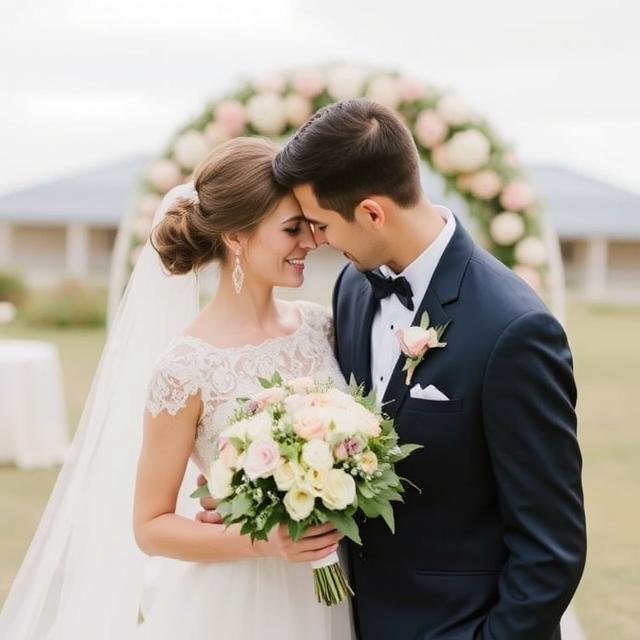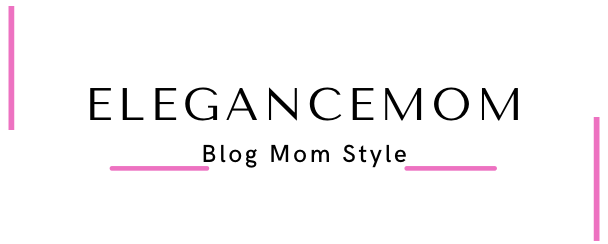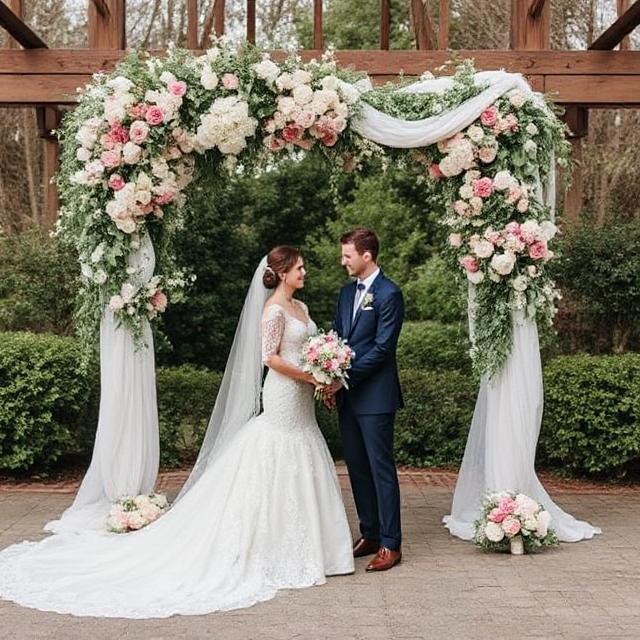When it came to 2025 wedding trends, they definitely took things to the extreme, and though some ideas were just off the wall, and some just missed the mark. Although there were new ideas that felt refreshing and exciting to couples and guests, others ultimately fell flat under the crushing weight of impracticability, over-ambition, or a lack of heart. Weddings are way personal and yet also a dance: one of delicate aesthetic, guest comfort, and heart. The ideas that backfired this year often erred on the side of being too one-note — whether by being too trendy, too unique, too overdone, or too profound, they left couples and their guests feeling un-moved or frustrated. The wedding scene this year was a great reminder that trends need to complement, not eclipse, the human story at the center of the ceremony. Here are nine wedding style ideas that once captured interest, but sputtered out in 2025.
1. Hyper-Minimalist Decor
The hyper minimalist craze took over as couples wanted to marry the simplicity and modern elegance life – leaving venues with nothing but the bare necessities. White walls, minimalist furniture, and the almost-entire lack of floral or decorative touches were all intended to produce a calm, gallery-like experience. But what sounded grand and impressive in theory could often mean spaces that in reality felt cold and uninviting. Most guests even observed they felt as though they were sitting in a corporate event or a cold showroom rather than a warm place to share in love. What remained was one of celebration tradition’s emotional cues — people lolfing and tearing, and closeness, eliding into blank surfaces and monochrome colour schemes. Photographers had to figure out how to shoot emotion that didn’t rely on the visual cues of color or texture, and while color and texture still went into making the albums, the pictures often fell flat and lackluster. Even couples who enthusiastically embraced the trend later confessed to second thoughts, wishing they had added a few more personal or natural elements to temper the effect. This demonstrated that minimalism does communicate elegance, but taken too far, does so at the expense of the warmth and character of what should be a heartfelt wedding affair.
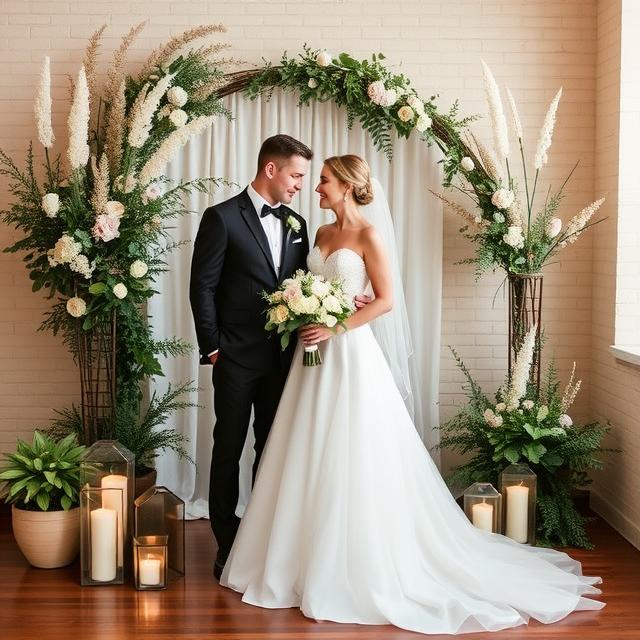
2. Over-the-Top Custom Hashtags
There’s no question social media is here to stay in weddings, but in 2025 we reached peak levels when couples couldn’t obsess over creating the perfect custom hashtag. A fun, casual way to gather photos and memories became a branding exercise. Some couples spent months constructing involved hashtags with puns, rhymes or inside jokes that only a few guests knew. Professional branding consultants were sometimes even retained to help create hashtags that were “unique” and “marketable,” the article said. The result? Complicated, nonsensical phrases that were hard to remember or spell, leading the guests to either give up or write multiple versions with slight alterations. Rather than consolidating digital memories, this fragmentation diluted them, leaving couples to sift through their cluttered archives to find and relive certain moments post-wedding. Plus, the hashtag impulse can sometimes detract from the actual celebration, when the day becomes more of a performance on social media than an experience shared. A lot of couples confessed to feeling forced into them by fads and social norms rather than any personal desire. This trend’s subsequent demise underlined the importance of authenticity and simplicity in digital memory-making. For the future, hashtags that are simpler or organic photo sharing in apps or private groups is increasingly considered a better way to go.
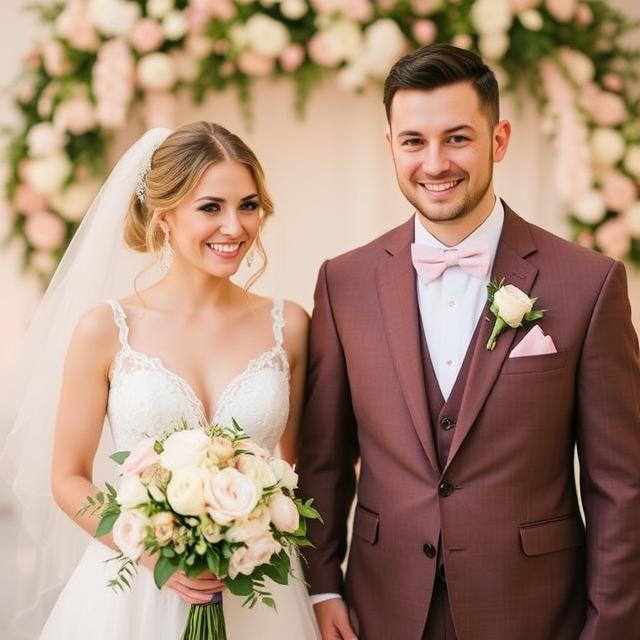
3. Drone-Filled Ceremonies
Drones first made their impact on the wedding video scene by providing stunning aerial footage of beautiful venues and party scenes. But for overuse, by 2025 a long-ago novel addition was boring. The loud buzz and whirl of drones that hovered above, filming the event, was, during the ceremonies, a big distraction. What was supposed to be a moment to exchange vows was constantly broken up by the mechanical sounds and was distracting to guests. Some drone pilots had difficulty flying through tight spaces, leading to near accidents or minor damage to delicate decor and one too many floral arrangements. And in response to incidents of drones going haywire and falling out of the sky, several locations prohibited drones altogether for safety and liability reasons. More than that, the pressure to capture perfect drone footage left couples and wedding guests waiting around for something to happen, the forced posturing and positioning detracting from the spontaneity of the day that makes these affairs so special. Drones are still a staple of wedding videography but couples are beginning to prioritize unobtrusive, personal shooting styles designed to capture the atmosphere and emotion of the day. The overkill of the so-called drone in 2025 put a stop to its reign as a staple wedding item.
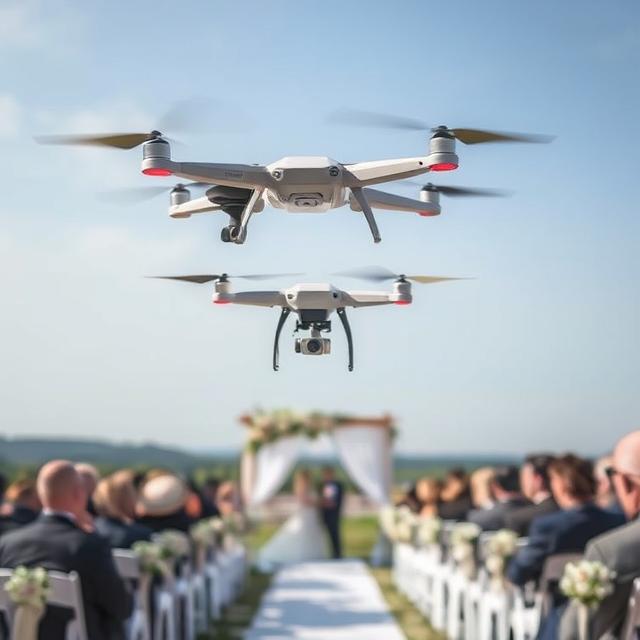
4. All-Neon Color Schemes
In an attempt to add vibrancy and joie de vivre to nuptials next year, a handful of brides and grooms introduce punchy neon palettes in 2025. From electric pinks and greens to sizzling oranges and blues, neon-style weddings sought to buck a fusty trend and make a visually stimulating impression. While these bights can have punch in small hits, flooding all of an event’s elements, from the invitations to flowers, table linens and lighting, in neon was disorienting. And the vibrant colors, when combined in certain light and locations, could be really loud and kind of harsh-looking in person and on camera. For florists, the challenge was to create harmonious bouquets and centerpieces that didn’t seem artificial or awkward. Guests described some as being overwhelmed, or uncomfortable, with one joking that it felt more like a nightclub or a rave than a wedding party. The neon trend also didn’t lend itself particularly well to aging in photographs — pictures easily started to look dated and were hard to retouch. Couples that went for an all-neon look that I worked with expressed sadness after the fact about the lack of classic elegance and romantic ambience. This year’s lesson was that neon should be reserved for small accents or fun details, rather than dominating an entire color scheme.
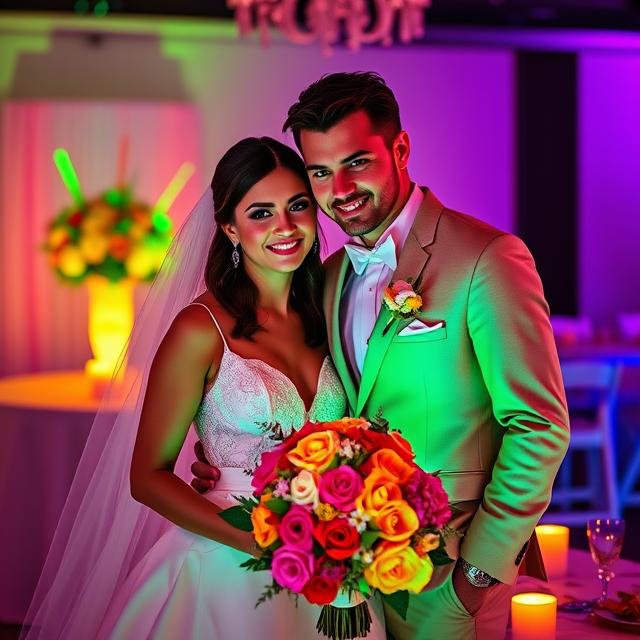
5. Marathons That Can Become Your Vacation For a Week
Destination, Multi-Day Affairs It’s no secret that destination weddings with days of celebrations in beautiful places have long been prized, but 2025 took it to the next level. Some pairs had the weeklong wedding marathons, including welcome parties, outings, rehearsals, brunches and after-parties, that extend for five to seven days. And while it promised a once-in-a-lifetime experience, unintended negative factors cropped up for attendees. It wasn’t fun for most, with many attendees noting that their weekend tryst left them feeling fatigued and obligated rather than social and celebratory. The travel of an extended stay, the financial burden of a place to stay and the time away from work and family were a financial and emotional strain. They hardly had a moment to themselves due to excessive socializing. By the time the wedding actually happened, a lot of the guests felt done, or were fairly done. With the pressure to attend every festivity, the excitement was watered down and detracted from the spirit of cooperation as one group styles on another over budgets or availabilities on certain events. Couples have discovered they’d much rather have quality, intimate, heartfelt moments with beasts 36-hours squeezed between 10-day wedding weeks. This change illustrates a change towards focusing on the guest’s level of comfort and quality human interaction rather than the number of activities.
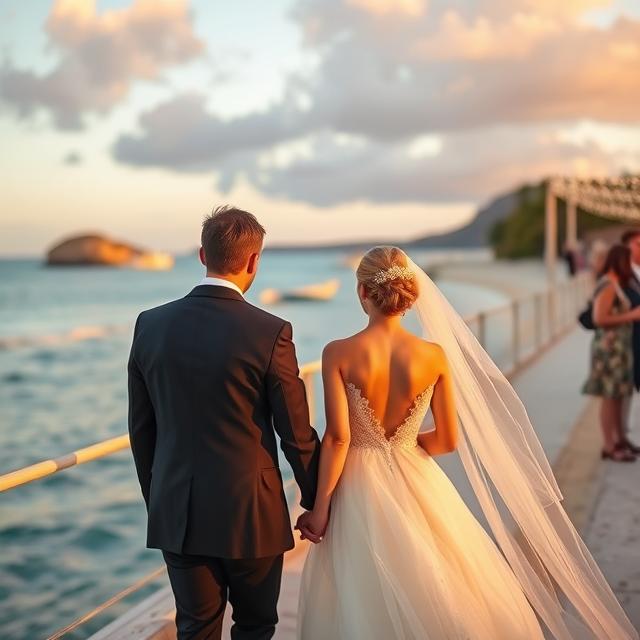
6. “No Phones Allowed” Policies
In an age ruled by screens, some couples, in 2025, sought to take back some presence and intimacy, implementing strict no-phone policies at their weddings. The intention was good: to see guests be truly present and enjoy the moment, and to prevent distractions during key rituals. But the implementation generally seemed too severe and punitive. Some couples or planners confiscated phones at the door while others publicly shamed any guest caught using a device. This strategy isolated guests who depend on phones for vital communication, GPS or spontaneous photography. And it also frustrated guests who wanted to share live updates with loved ones who could not attend. The overall embargo at times hindered coordination of logistics and plans, particularly for games at unfamiliar sites or for people (and families) who had children to take care of. In many cases, instead of drawing couples closer together, strict no-phone rules could provoke resentment or tension. Many couples have now evolved to somewhere in between the two, opting for unplugged ceremony moments alongside reception-friendly technology. The 2025 revolt against total tech blackouts underscores the importance of respect and flexibility in terms of how guests interact with digital devices.
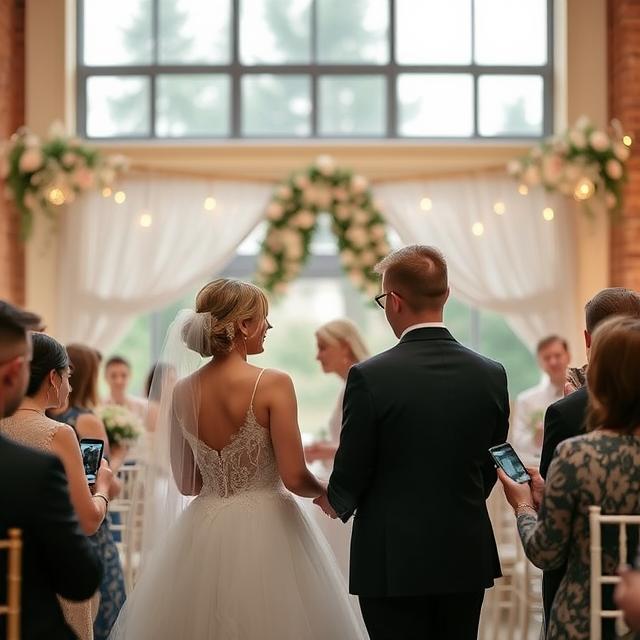
7. Monochromatic Bridal Parties
The trend to have a monochromatic bridal party, where everyone dons the exact same color from head to toe, was picking up steam in 2025 but fell flat in execution. This cohesive visual was designed to give them ‘a striking, unified look for photos, and mesh a sense of unity for stage. But it often failed, hiding personalities and leaving guests confused about who were bridesmaids and groomsmen, if there even were any. This was especially difficult with bigger parties, where a personal touch with each guest is necessary. Also, the less-than-flattering color choices didn’t suit all skin tones & oxen, which made some bridesmaids forcing smiles as they were left feeling a bit awkward or self-conscience in their dress. The strict dress codes frequently sent attendants scurrying into clothing they did not ever feel powerful or genuine in. Guests would sometimes describe the effect as overly staged or artificial, rather than celebratory and natural. Brides (and grooms) Alot of brides themselves regret the wedding attire choices they made and wish they would have been more flexible, to bring out each bridesmaid’s personality while still achieving a cohesive look. The decline of this trend indicates a shift toward balance—matching-but-not-too-match color stories that respect variety in style, fit, and comfort while also yielding lovely group photos.
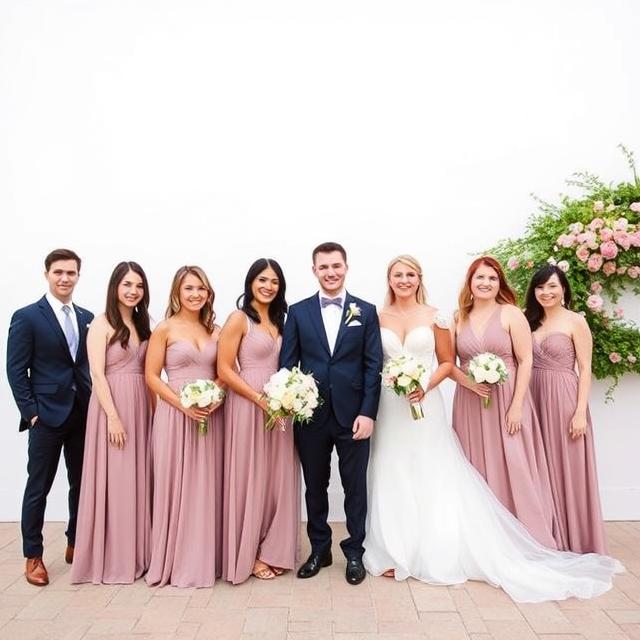
8. AI-Generated Vows
With the rise of artificial intelligence, some couples in 2025 used A.I.-generated tools to write their wedding vows. This tactic also offered a break from the stress of penning highly personal speeches and put on the speakers’ dais eloquent, well-formed text. However, the promises that resulted usually sounded cliche, cookie-cutter, or simply awkward. Several noticed a lack of emotional warmth or sincerity, and some AI-generated vows read more like corporate mission statements or generic poetry than intimate, romantic expressions of love. The mechanical sound jarred the emotional smooth of ceremonies and would even provoke unintended laughter in situations where the metaphors were leaden or the phrasing odd. Some wedding parties who leaned heavily on A.I. said that after the fact they regretted not having found moments to express their feelings in their own words; others felt detached from their own ceremonies. Although AI can serve as a valuable brainstormer, 2025 demonstrated that the heart of vows is irreplaceable. Couples that have yet to take that next step are urged to take AI as an inspiration and take time to write heartfelt, genuine vows that reflect their relationships.
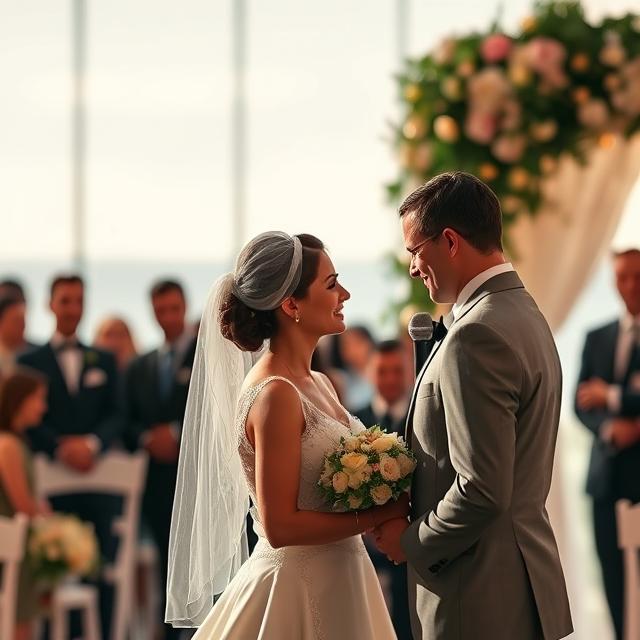
9. Excessive Outfit Changes
Spurred by the celebrity wedding standard, numerous couples donned more than one look during their 2025 big day. Although this brought visual interest and the potential for lots of different looks — traditional to modern, casual to formal — to the equation, the trend also created logistical headaches. Some couples switched as many as five or six times between ceremony, cocktail hour, reception and after-party events. This resulted in a lot of downtime when the couple wasn’t available for their guests, so it interrupted the action of the party. The quick changes stressed out both the bride and the groom, who required stylists, assistants and lots of planning to keep on track. For guests, the moments off certainly didn’t add up to a single event, much less a wedding. Many noted that the day seemed more of a fashion show and photo shoot than a communal, happy event. The shift has occurred since couples have learned, by shopping from home, that a single change of wardrobe — at the most, two — can make a lasting impression without compromising intimacy or emotional engagement. In paying homage to the concentration on the importance of the “why,” the future looms looking to favor quality over quantity with value being rooted in meanings, not wardrobe rotations.
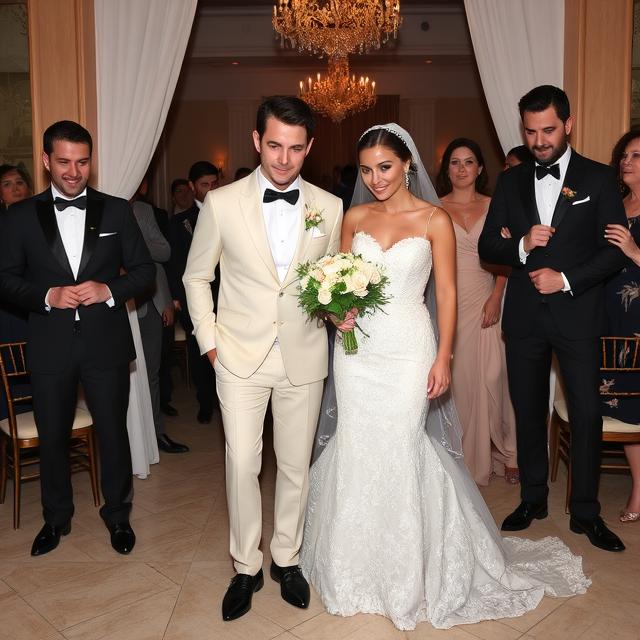
What 2025 taught us is that not every hyped-up wedding trend is going to provide a timeless or deeply meaningful experience. Weddings are very personal stories of love, but weddings also are about setting the stage for emotions to run deep and connections to be strengthened. *Trends that trade warmth for cool, intimacy for spectacle, or comfort for vain do not ultimately satisfy. This year made couples, planners and vendors alike aware of the need to strike a balance between innovation and authenticity. As the wedding business continues to march along, the best parties will be the ones that place deep emotions, guest comfort, and memories that outlast what’s trending ahead of what’s trending now. The best wedding styles pay homage to tradition while allowing for personal show, so that the picture is attractive long after the final dance.
